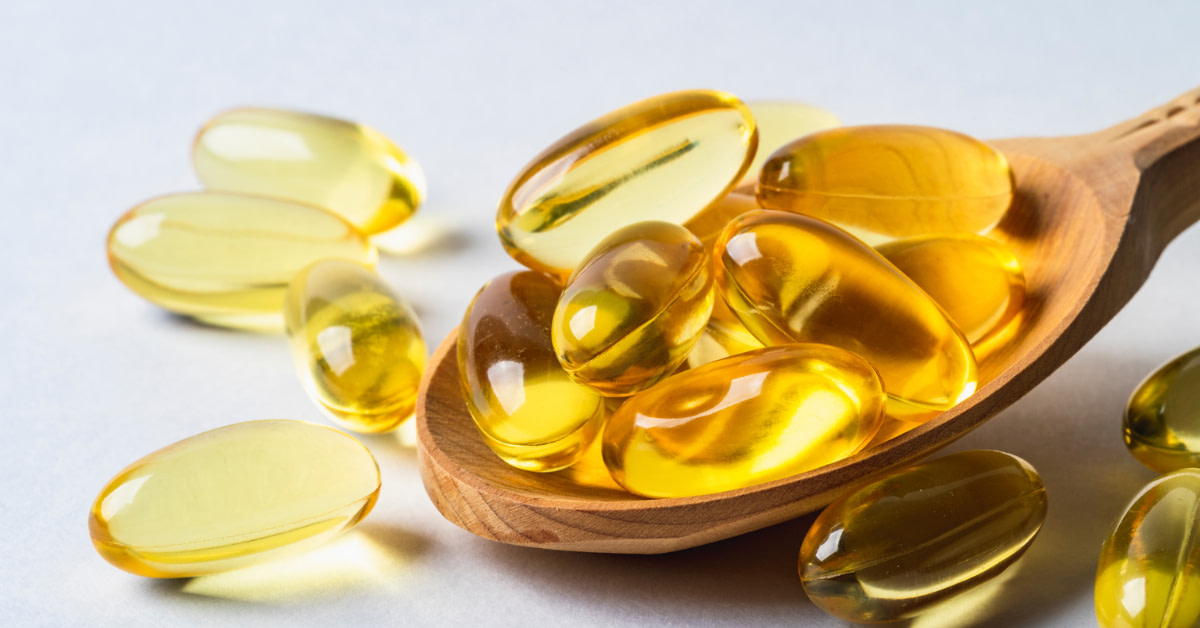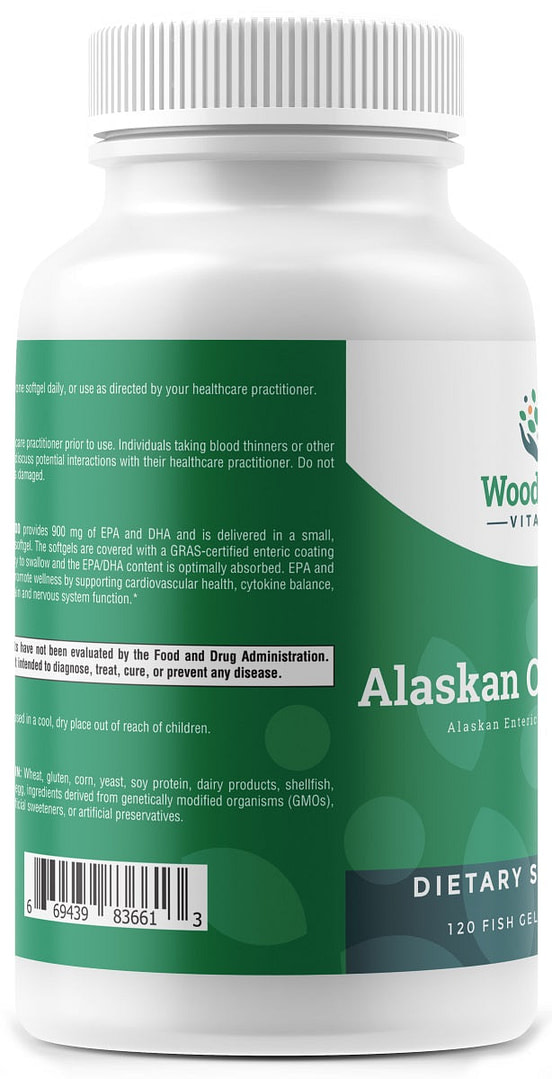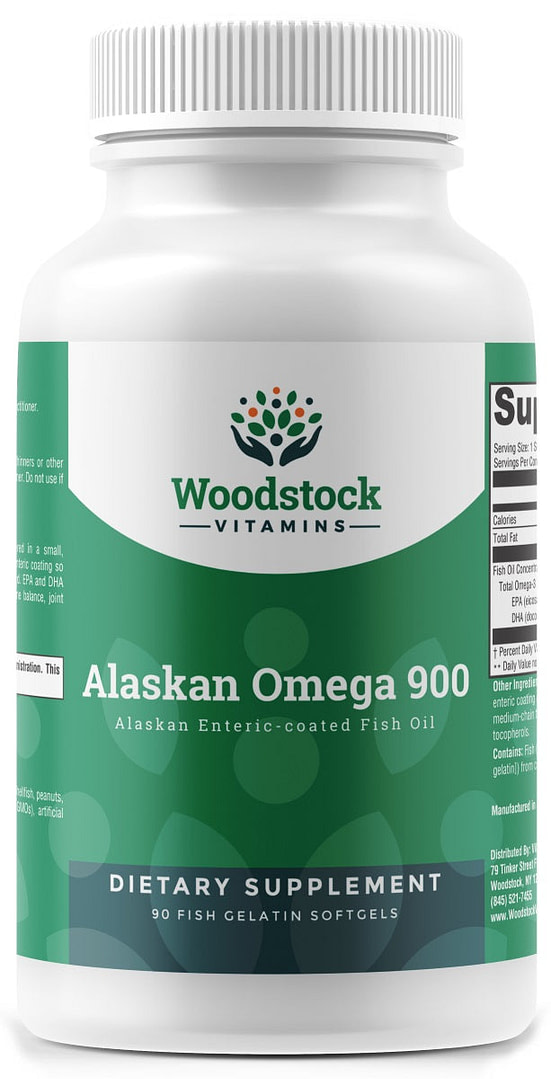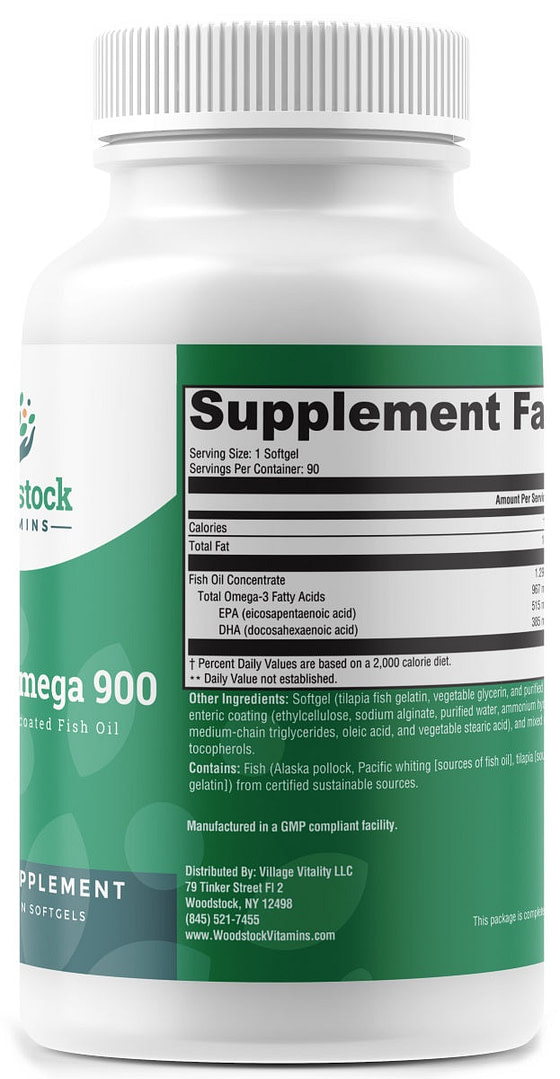
Have you caught wind of the magical potion from the ocean that’s sweeping the nation, boasting heart, skin, brain, and anti-inflammatory benefits?
It might sound fishy, but unlike other viral vitamins and trending supplements, this one isn’t a red herring. Omega-3 fatty acids — derived from the scaly sealife of the deep blue — have been studied, surveyed, and scrutinized into the ground. The results?

A resounding: This nutrient is essential, has measurable results, and beneficially impacts multiple body systems. You should know that already though — remember our recent blog on why omega-3 supplements are vital for long-term health?
(Catch up here in case you missed it.)
And now, today, we teach you how to fish. Or how to find the right omega-3 supplement, that is. We asked our captain — wellness wizard and Woodstock Vitamins founder, Dr. Neal — for the inside scoop on getting the right dose of omega-3 without wasting money or falling for far-fetched marketing tactics.
Keep reading, and we’ll make ye fishers of high-quality omega-3 supplements in no time.
Okay, so maybe a fish oil supplement isn’t your idea of a special treat, but the principle stands regardless.
When it comes to successful supplementation, we should always focus on building up the foundation of our well-being before bringing in the big fish. The building blocks of that foundation are hidden within your daily habits or the lifestyle domains that are within your control: diet, sleep, exercise, stress management, and lifestyle changes.
AKA: The bottom tier of Dr. Neal’s Wellness Pyramid.

Learn More: The Wellness Pyramid: Your Roadmap to Holistic Health
So before you shell out your cold hard cash on an omega-3 supplement, focus on integrating food sources that are naturally rich in the fatty acids. A quick Google search for “foods rich in omega-3” will produce results that look like this:
But don’t just dive headfirst into the seed oils (unless you want #HealthTok to dox you) — in general, we want to focus primarily on fish sources of omega-3 because of their natural EPA and DHA content.
(And if those mysterious acronyms, EPA and DHA, are new to you, don’t worry, we’re diving into the glorious waters of omega-3 contents below.)
Learn More: Debunked: 5 Myths About Omega-3 Supplements
Presuming you paused reading to run to the grocery store for some fish, cooked it up, and have since integrated it as a regular part of your diet — welcome back!
Unfortunately, we’ve got bad news: Even the fishiest of healthy diets still lack optimal levels of omega-3.
But it’s not all doom and gloom. Your brain, body, and mood will still be happier being fueled by foods rich in fatty acids, and omega-3 supplements can fill in the nutritional gap you’re left with.
When it comes to reeling in the top catch of omega-3 supplements there are 3 key things to investigate before purchasing, according to Dr. Neal’s 20+ years of clinical experience:

We’ll give it to you straight because with omega-3 dosing, it’s sink or swim.
Anything below 2,000mg of omega-3 per day is not going to yield the incredible results you’ve read about in recent studies. (And yes, we’re aware that most supplements are suggesting people hit around 250mg per day.) But it doesn’t stop there — you’re also looking for more than just “omega-3” content in a supplement.
The omega-3 supplements that are worth their price tag will contain equally high doses of the fatty acids known as EPA and DHA, alongside the traditional omega-3 ALA.
So, your daily target dose of EPA and DHA should be around 3,000mg for successful supplementation but don’t forget to factor in your dietary intake, too.
Look for: A supplement that clearly states the amount of EPA and DHA per serving, and has flexible dosing options (ie, 1,000mg per capsule) so you can tailor how much you take each day.



As with anything that comes from the sea, there are a number of murky impurities to look out for. Why? Well, our oceans are filled with our favorite, distinctly human things: plastic and pollution.
Subsequently, fish-based omega-3 supplements can get gross in two core ways — sky-high contaminant content and rancidity.
We all know continued exposure to heavy metals and microplastics isn’t great, but rancidity can be just as devastating to our health, too. When a fish oil turns sour, the anti-inflammatory benefits of the supplement are not only negated but inverted, too — rancidity makes the supplement pro-inflammatory.
Look for: An omega-3 supplement manufactured in a GMP-compliant facility, third-party tested for contaminants (specifically heavy metals), and refined for extended shelf life.
Rhyming host with dose and gross is a bit of a stretch, but at least it’s easy to remember, right?
When we say host, what we really mean is: Who sourced, processed, and sold this omega-3 supplement? Because the only way you can know for certain that you’re getting a quality supplement — sans rancidity, heavy metals, and negative environmental impact — is by buying from an ultra-transparent manufacturer.
The wellness industry is a bit like the Wild West in that way, regulations are loose and standards are looser.
But there are other fish in the sea manufacturers who hit all the key criteria for creating an omega-3 supplement that works for your wellness, your wallet, and the world, too.
Look for: A transparent manufacturer with supplements sustainably sourced from wild-caught fish for high potency and bioavailability, as well as environmental awareness.
So before you snatch up that cheap omega-3 supplement from Whole Foods, remember the three key points you need to investigate to avoid ending up with a different kettle of fish:
Now that you’re equipped with the skills of a seasoned fisherfolk, your omega-3 journey should be smooth sailing. Look out for lowered inflammation, improved gut health, and higher cognitive functioning ahead!
And if you need a fishing buddy — or direct guidance on your personal omega-3 supplement strategy — coast on over to a free Counterside Consult with one of our holistic health experts.

Shop the Vital 5
Peek behind the curtain of supplement industry misinformation and enjoy special promotions, podcast episodes, and our No-BS approach to holistic care, sent weekly.

We built the model for finding supplements that work for your wellness, your wallet, and the world. Learn More
Peek behind the curtain of supplement industry misinformation and enjoy special promotions, podcast episodes, and our No-BS approach to holistic care, sent weekly.

We built the model for finding supplements that work for your wellness, your wallet, and the world. Learn More
These statements have not been evaluated by the Food and Drug Administration. This product is not intended to diagnose, treat, cure or prevent any disease.
Use only as directed. Consult your healthcare provider before using supplements or providing supplements to children under the age of 18. The information provided hereinis intended for your general knowledge only and is not intended to be, nor is it, medical advice or a substitute for medical advice. If you have or suspect you have a specific medical condition or disease, please consult your healthcare provider.

By clicking “Accept”, you agree to the use of cookies on your device in accordance with our Privacy and Cookie policies